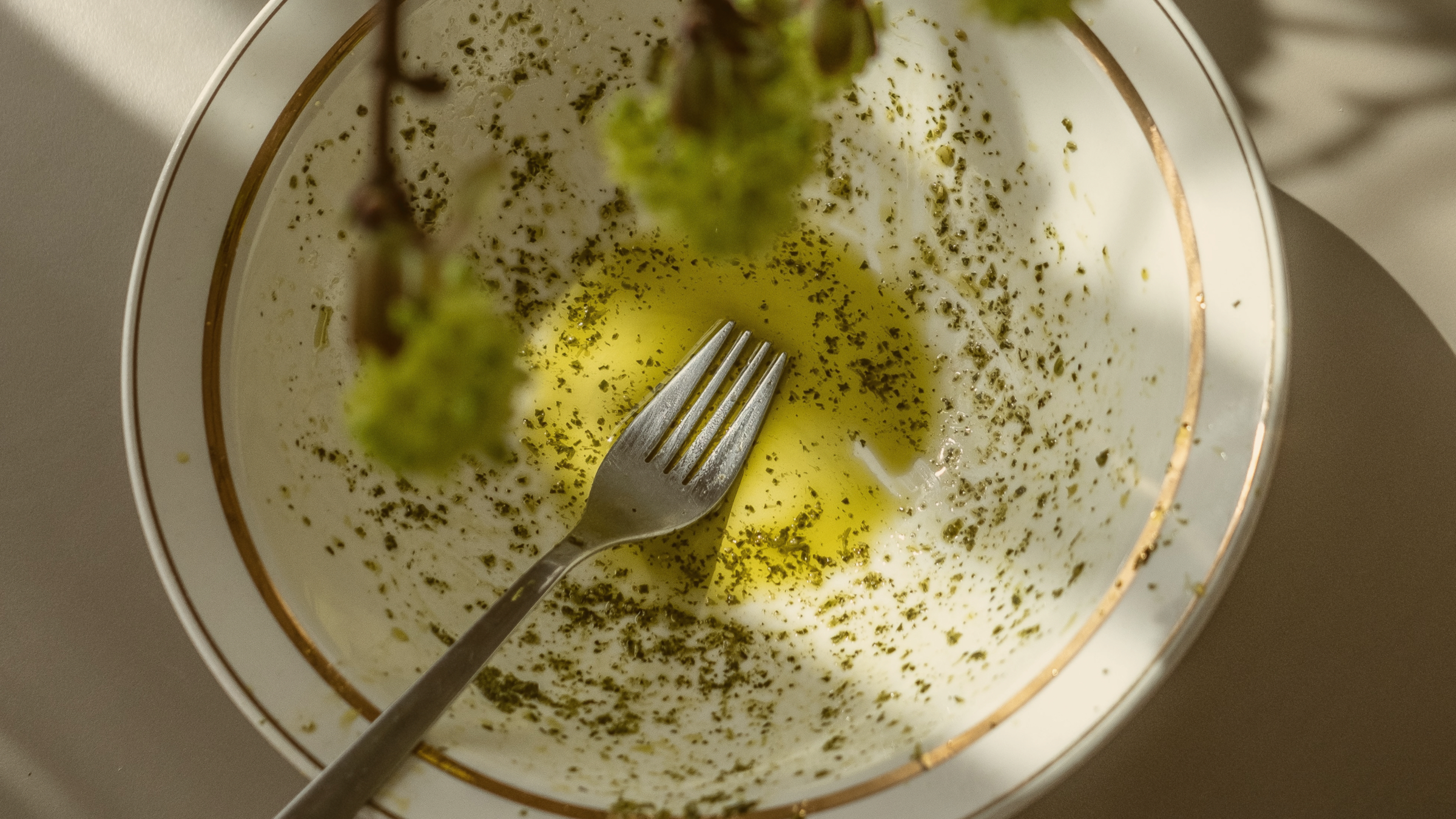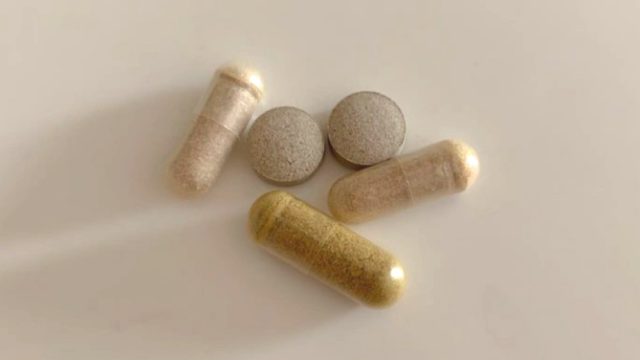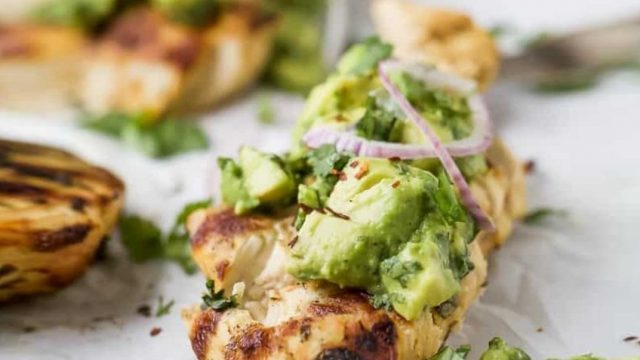rē•framing Extra Virgin Olive Oil as a Women’s Health Supplement
Get that EVOO off the shelf right now.

July 11 was National Polyphenol Day, celebrated to promote the health benefits of the most beneficial nutrient in extra virgin olive oil (EVOO). This date is also, fittingly, the birthday of polyphenols’ most ardent advocate: Dr. Steven Gundry, founder of Gundry MD and the host of The Dr. Gundry Podcast. “The benefits of the polyphenols in olive oil, and in general, are so numerous that I wrote a book, Unlocking the Keto Code, all about them,” he says.
Dr. Gundry explains that multiple long-lived cultures in the Mediterranean use up to a liter of olive oil weekly. He applauds its easy accessibility as a kitchen staple. “As far as I’m concerned, there is not a food or snack that isn’t improved by olive oil. Salads, vegetables, meats, fish, and even ice cream.”
rē-framing food as medicine is one of our favorite ways to nurture our bodies onto better health trajectories. As we learned, EVOO also has benefits specific to women’s health.
Extra Virgin Olive Oil (EVOO): An accessible supplement for women
Functional physician Neil Paulvin, D.O., explains that olive oil’s benefits range far and wide, from containing the anti-inflammatory antioxidant oleic acid to being a source of prebiotics to support the gut microbiome. Gut health is critical to good hormone health, and the superfood possesses other qualities that benefit women. “Current research shows that the omega-3 fatty acids in olive oil may help with hormone regulation and fertility. It is also high in vitamin E, a fat-soluble vitamin that [is beneficial] for women’s uterine lining, increasing blood flow to the uterus,” he says.
Then there are its polyphenols. “Polyphenols are a group of compounds naturally found in plant foods, also known as reducing agents. Together with other dietary reducing agents such as vitamin C, vitamin E, and carotenoids referred to as antioxidants, they protect the body against inflammation, blood clots, heart disease, and cancer,” Dr. Paulvin continues. He adds that preliminary research suggests their synergistic effects may promote brain function and digestion.
One of their most fascinating benefits is their role in preventing and treating estrogen-sensitive cancers via a phyto-estrogenic effect. This occurs because they mitigate what is referred to as the ‘negative estrogen burden.’ Naturopathic doctor Nadia Musavvir defines this as an “excess of ‘bad’ estrogens that cause proliferation and stimulate oncogenes.” She explains that our modern world is filled with toxicants that mimic estrogens and disrupt optimal hormone balance—incorporating polyphenol-rich foods can, therefore, aid in blocking these ‘excess’ environmental estrogens protectively.
Olive Oil’s Polyphenols: Hydroxytyrosol and Punicalagin
“The two main polyphenols in olive oil [are] hydroxytyrosol and punicalagin,” Dr. Gundry says, both of which have specific links to women’s health. As women enter perimenopause and transition through menopause, he adds that they “have been shown by research to prevent bone loss in postmenopausal women, to prevent heart disease, and to prevent or lessen most gynecologic cancers.”
Polyphenols can also help address other changes associated with perimenopause via their anti-inflammatory effect. “Hormone shifts associated with menopause [result in more E1], which is pro-inflammatory and proliferative,” explains Dr. Musavvir. There is also less progesterone, which is inherently anti-inflammatory, and more cortisol.” The anti-inflammatory impact of polyphenols, therefore, helps to moderate those bodily changes associated with the increased inflammation and cortisol of the life stage, including insulin sensitivity/resistance and midsection weight gain.
Punicalagin
Dr. Paulvin says that punicalagins are potent antioxidants with phyto-estrogenic effects. They are best known in pomegranate and pomegranate juice, a plant Dr. Paulvin notes has traditionally been used for hormone health and EVOO. “Some researchers have suggested that pomegranate is clinically helpful for menopausal women experiencing depressive states and bone loss,” he adds. As for hormone optimization, Dr. Gundry reveals that they work by blocking the conversion of testosterone into estrogen, helping to maintain testosterone levels while also addressing the negative estrogen burden.
Hydroxytyrosol
The second polyphenol also addresses hormone health but in a different way. “Hydroxytyrosol can block or alter estrogen receptors, thereby having a place in the prevention of hormone-sensitive cancers,” says Dr. Gundry. Dr. Musavvir reiterates that “it is helpful to block excess estrogens when there is a concern of estrogen dominance or an increased risk for estrogen-sensitive cancers, the risk of which increases as you get older.”
Getting Your Olive Oil In
Now that you know why extra virgin olive oil is such a fantastic addition to your diet, keep in mind that sourcing matters. Gundry MD Olive Oil, $49.95, has been intentionally harvested from a harsh desert environment in Morocco. The stressful environmental conditions result in the olive trees producing more polyphenols for innate protection. As a result, the olive oil produced from the trees contains a reported thirty times more polyphenols and antioxidants than the average bottle.
As a bonus, it has an unparalleled aroma and taste. It is perfect for the authentic Italian recipe for pesto below. Created by the Florence-born engineer Lorenzo Romagnoli, it can be made plant-based or conventionally. It is enjoyed on everything from toast to sandwiches to pizzas and pasta.
Polyphenol-Rich Pesto
Ingredients:
- 1 cup fresh, organic basil
- ¼ cup organic pine nuts
- Three cloves garlic
- ¼ cup cubed parmesan or plant-based parmesan
(We recommend Whole Foods Vegan Parmesan) - 5/8 cup Extra Virgin Olive Oil
- Salt and Pepper to taste
- Blender (We recommend the Beast Blender)
Method of Preparation
- De-stem basil.
- Thoroughly rinse and dry basil in a strainer.
- Peel three cloves of garlic.
- Cube the parmesan or plant-based parmesan.
- Measure out ½ cup olive oil with an additional ⅛ cup measure on the side to add as needed.
- Toss the basil, garlic, cheese, and ½ cup olive oil into a blender in small batches.
- Start with two cloves of garlic and ½ cups of olive oil. It’s helpful to go light with the ingredients, tasting as you go and determining amounts accordingly.
- Mix in more pine nuts to create a smoother flavor and balance out too much garlic.
- Add more garlic if it needs more flavor.
- Add more olive oil to perfect the texture against dryness.



